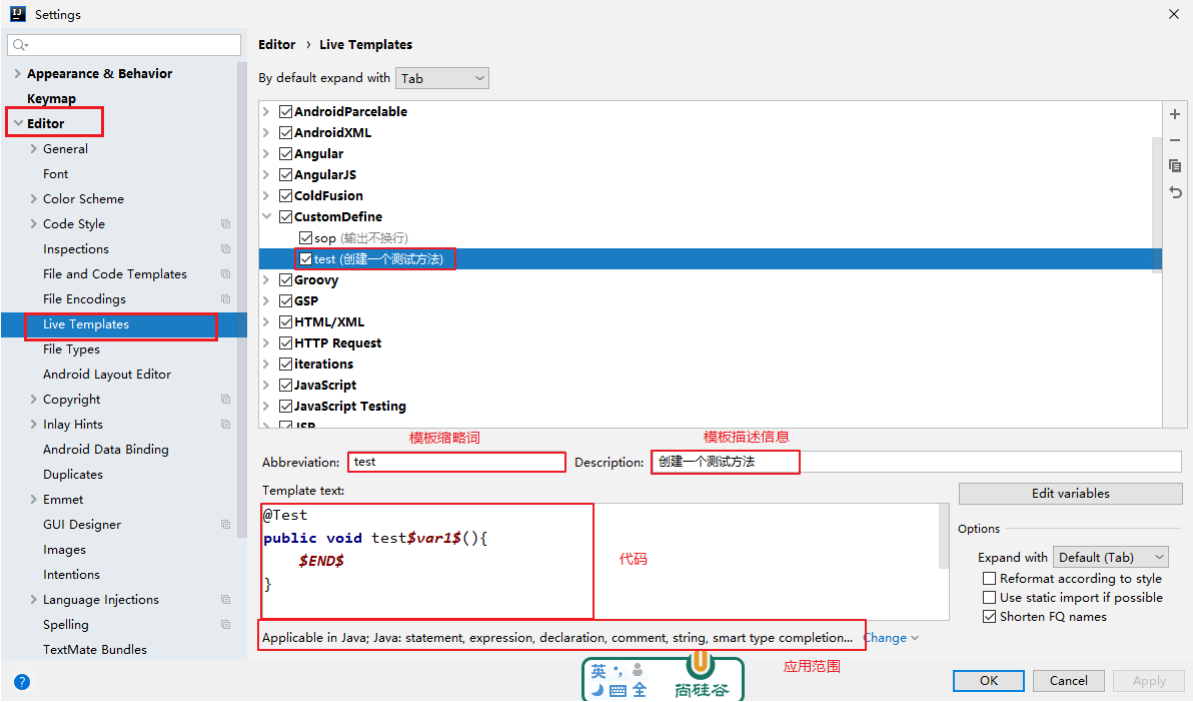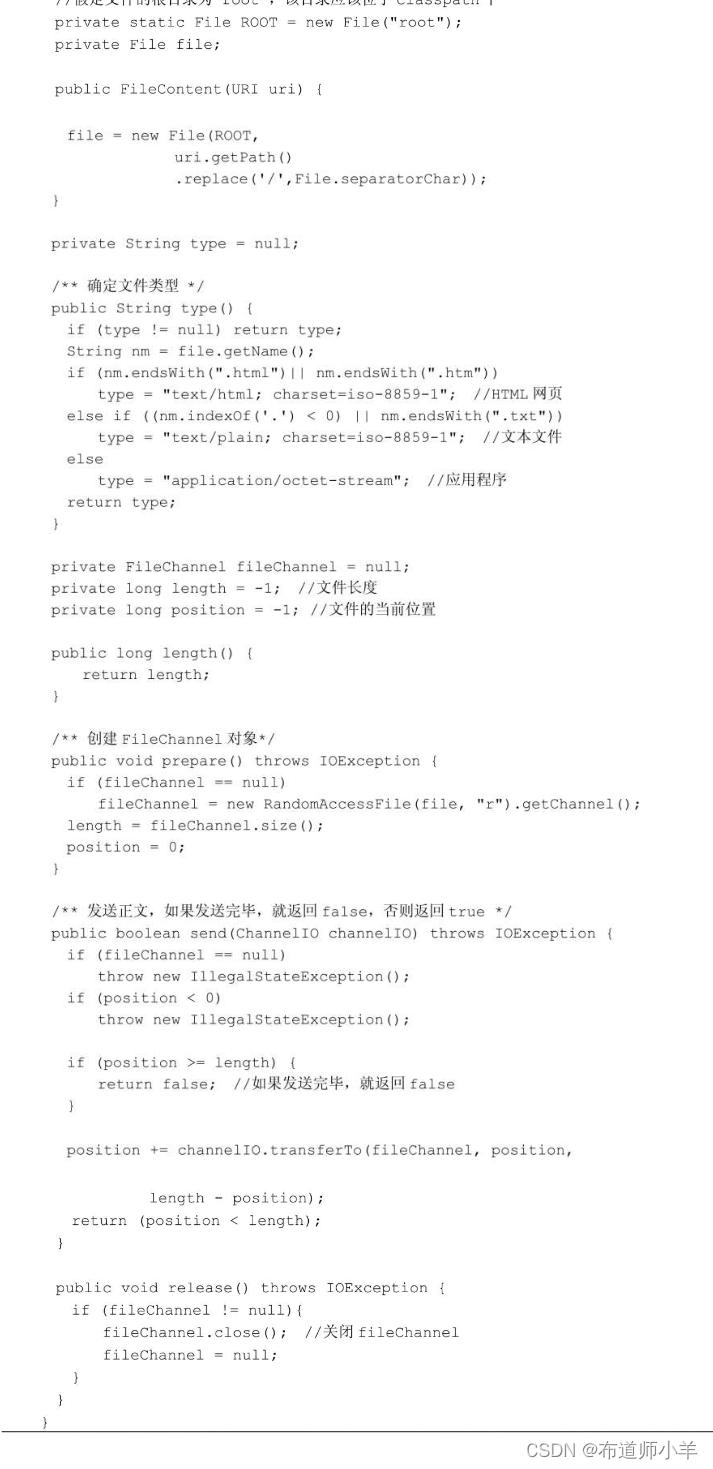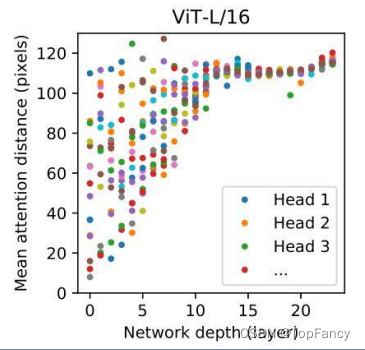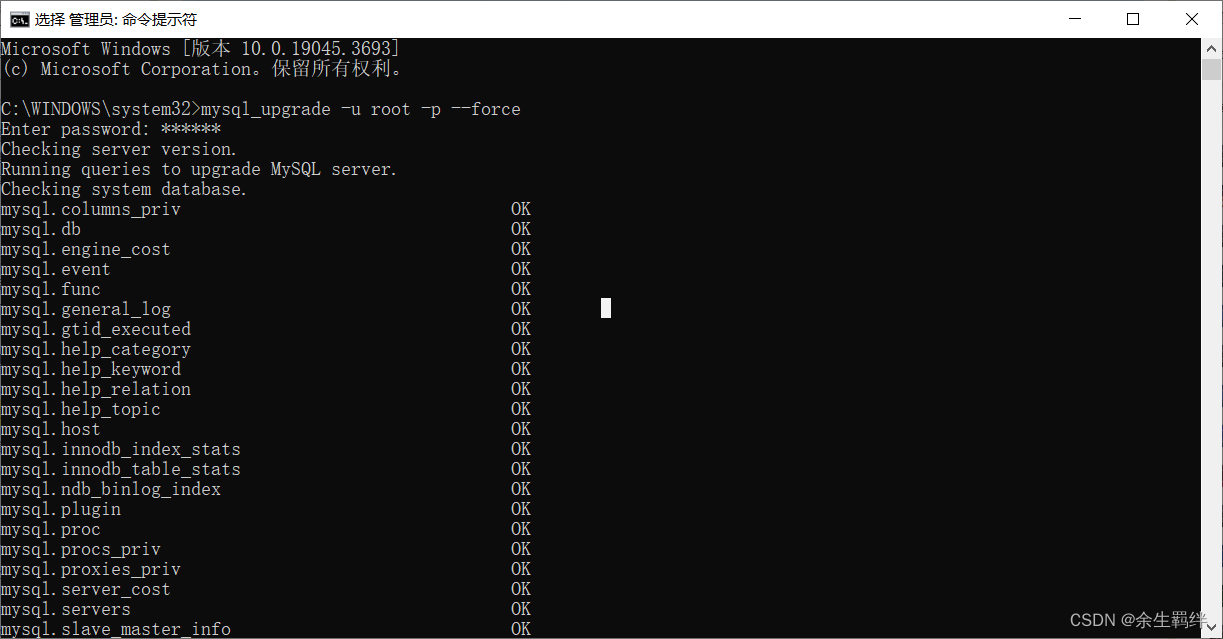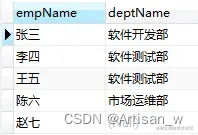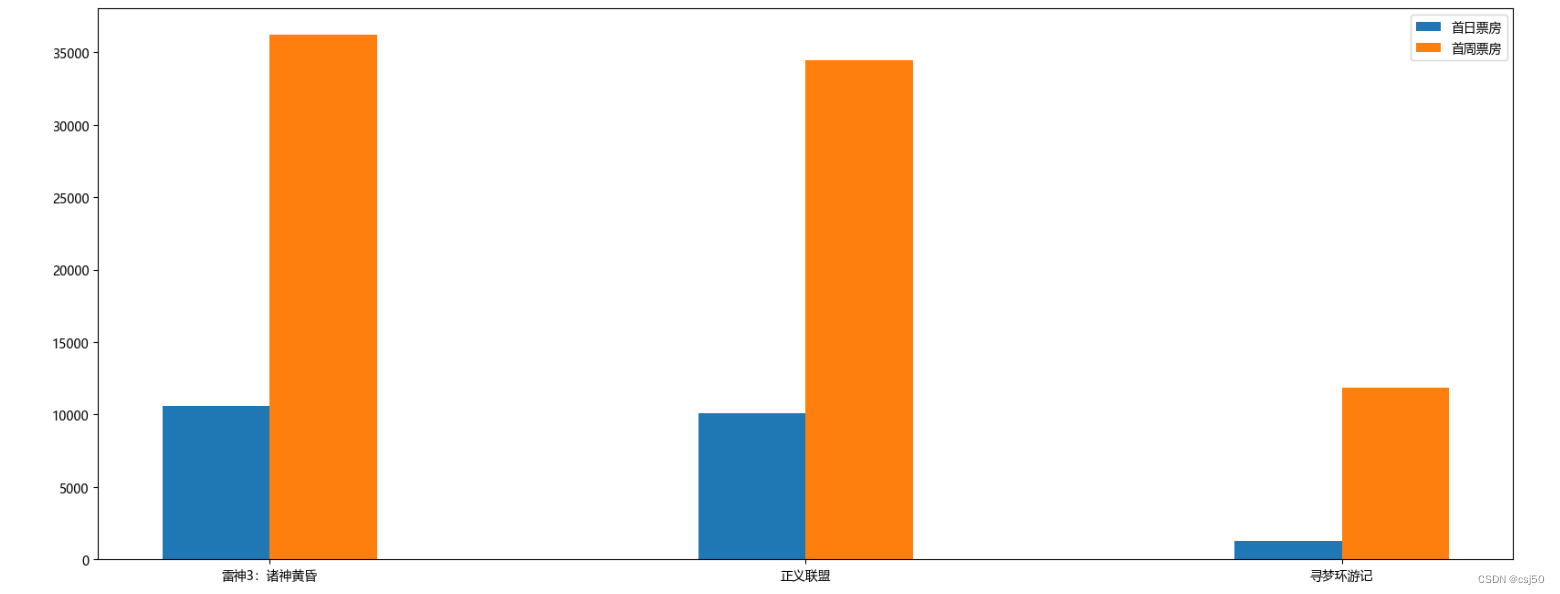目录
1466. 重新规划路线
题目描述:
实现代码与解析:
DFS
原理思路:
1466. 重新规划路线
题目描述:
n 座城市,从 0 到 n-1 编号,其间共有 n-1 条路线。因此,要想在两座不同城市之间旅行只有唯一一条路线可供选择(路线网形成一颗树)。去年,交通运输部决定重新规划路线,以改变交通拥堵的状况。
路线用 connections 表示,其中 connections[i] = [a, b] 表示从城市 a 到 b 的一条有向路线。
今年,城市 0 将会举办一场大型比赛,很多游客都想前往城市 0 。
请你帮助重新规划路线方向,使每个城市都可以访问城市 0 。返回需要变更方向的最小路线数。
题目数据 保证 每个城市在重新规划路线方向后都能到达城市 0 。
示例 1:
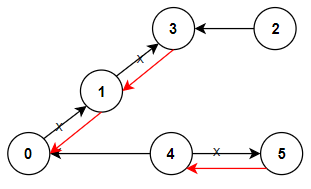
输入:n = 6, connections = [[0,1],[1,3],[2,3],[4,0],[4,5]] 输出:3 解释:更改以红色显示的路线的方向,使每个城市都可以到达城市 0 。
示例 2:

输入:n = 5, connections = [[1,0],[1,2],[3,2],[3,4]] 输出:2 解释:更改以红色显示的路线的方向,使每个城市都可以到达城市 0 。
示例 3:
输入:n = 3, connections = [[1,0],[2,0]] 输出:0
提示:
2 <= n <= 5 * 10^4connections.length == n-1connections[i].length == 20 <= connections[i][0], connections[i][1] <= n-1connections[i][0] != connections[i][1]
实现代码与解析:
DFS
C++
class Solution {
public:
int N = 5 * 10000 + 10;
vector<int> e = vector<int>(N * 2, 0), ne = vector<int>(N * 2, 0), h = vector<int>(N, -1), d = vector<int>(N * 2, 0);
int idx = 0;
int res = 0;
void add(int a, int b) {
e[idx] = b; ne[idx] = h[a]; h[a] = idx++;
}
void dfs(int cur, int p) {
for (int i = h[cur]; ~i; i = ne[i]) {
int j = e[i];
if (j == p) continue;
if (d[i] == 1) res++;
dfs(j, cur);
}
}
int minReorder(int n, vector<vector<int>>& connections) {
for (auto t: connections) {
d[idx] = 1;
add(t[0], t[1]);
add(t[1], t[0]);
}
dfs(0, -1);
return res;
}
};Java
class Solution {
public int N = 5 * 10000 + 10;
public int[] e = new int[N * 2], ne = new int[N * 2], h = new int[N], d = new int[N * 2];
public int idx = 0;
public int res = 0;
void add(int a, int b) {
e[idx] = b; ne[idx] = h[a]; h[a] = idx++;
}
void dfs(int cur, int p) {
for (int i = h[cur]; i != -1; i = ne[i]) {
int j = e[i];
if (j == p) continue;
if (d[i] == 1) res++;
dfs(j, cur);
}
}
public int minReorder(int n, int[][] connections) {
Arrays.fill(h, -1);
Arrays.fill(d, 0);
for (int[] t: connections) {
d[idx] = 1;
add(t[0], t[1]);
add(t[1], t[0]);
}
dfs(0, -1);
return res;
}
}原理思路:
深度优先遍历,在存入边时,存入双向边,在d数组中记录真实是正向还是反向,然后从0开始dfs,遇到真实是正向边的,说明此边需要反转,res++。得到结果。


